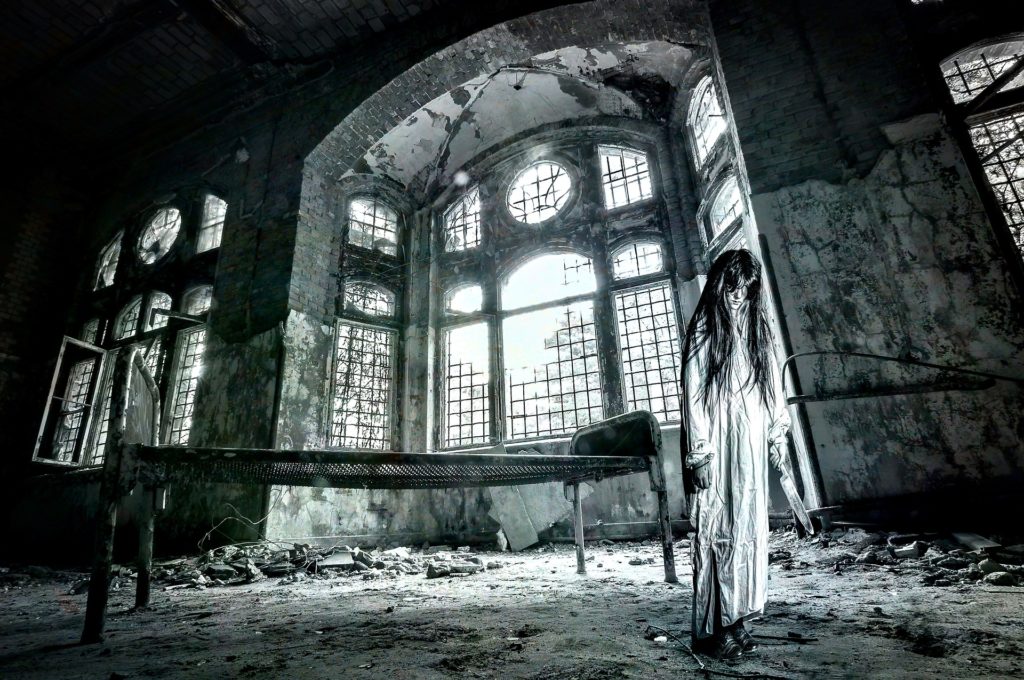10 Days In The Madhouse by Nellie Bly and How Things Are Mostly Different Currently

I watched 10 Days in the Mad House. It’s based on a book written by Nellie Bly from the 1890’s. She was the first female investigative reporter and had written the book Around The World in 80 Days. As you can tell from the title, she was admitted to an insane asylum for 10 days. It was called Blackwell at the time but it was a part of the Bellevue hospital group.
I was able to get a copy the book on audiobook years ago and listened to it for a couple of months. I was excited about having a movie based on the experience. I’m going to stick to the general themes and not about the details of the movie. There are many things that have changed since the early days of asylums. But many things have changed.
At this point, doctors, staff and organizations know more about disorders and are careful to treat patients as people. Back then, there was little emotional support for staff and little was known about how to treat patients. They were almost in the dark about numerous aspects of treatment. There are still staff who only work for the patient and don’t care much to interact with the patients. Patient care is almost zero for these staff members, whether it’s now or back then. Bly was witness to beatings of some of the patients who were in the care of Blackwell Island. She also experienced rotten food and bathing in the same cold water treatment as every other patient bathed in. Patients also brushed each other hair and physically bathed other patients. Some aspects of patient care have changed.
Bly was one of the reasons that high security mental hospitals have doors on a mechanism that opens them all at once. While not all hospitals work this day today, she pointed out the deadly consequences of having individually locked doors. This is especially important since Blackwell is on an island and it has to be generally self sustaining. If the staff were to wait for the fire department to be able to brave the heat to open the doors to each room individually, many of the patients would perish. In the mental hospital where I worked, each door locked individually but we were not a high security place so the doors were left open and unlocked almost all the time. The only time staff locked doors was to lock out the depressed patients so that they would not lay in bed all day. The only problem that I can see is that we had heavy doors at the end of some of the hallways and in case of emergency, if the staff couldn’t get to the door to get some of the patients out, they might perish. While it is rare that patients have access to anything that could cause a fire, wires and staff stupidity with the staff microwave could lead to one. Most hospitals switched to safer door practices based on Bly’s experiences.
While I understand that Bly was in the hospital to observe, the movie portrays her as someone deep into the problems of the other patients. Had she been hospitalized now, staff would remind her repeatedly to MYOB. There are plenty of patients who become close friends and who feel great support from each other. For a percentage of people, this is beneficial. For others, it becomes a nightmare. I’ve seen this most in the child and adolescent units. One teen or child comes to rely on the other and now the other believes that they are the ONLY one who can calm their friend down. This takes away from their treatment and can cause great distress if staff has to subdue or manage with their friend. From my perspective, this is a difficult behavior to reduce or maintain since it involves talking about boundaries and convincing someone that they literally can’t stop their friend from themselves.
But Bly has a different reasons for being involved and there is a bit of appreciation that she stepped in. The patient care was not respectful to patients since patients are still people. She was able to get better treatment and get some of the patients discharged at a time when it was difficult to get patients discharged. There were many blocks to get the patients’ family to getting information and getting the patients out of the hospital.
Currently, in low security mental hospitals, patients families can come visit and call them on the patient phones. A patient can be kept in the hospital by doctor’s orders (in CT) on a three, five or 15 days paper. When those orders are up, a judge comes to the hospital to determine whether the patient needs to be there. If a patient voluntarily checks themselves into the hospital, the patient can leave AMA (against medical advice). Each hospital and state has a different requirements, though, so this may not be applicable to every American mental hospital.
One of the problems that I witnessed was the threat of “booty juice” or being restrained. I was in a hospital that participated in restraints. We had certain laws to abide by to make sure that the patient was safe. The reason that restraints were threatened was because there was little power the front line staff had when patients were rude, disrespectful, agitated and increasing threats or acts of violence. “Booty juice” is the informal way of talking about holding a patient down to get a shot of medication in their buttock. This was only used after talking and offering a pill (ordered by the doctor, called a PRN or pro re nata (jokingly referred to as a “pill right now”), a pill such as thorozine or benedryl to calm a patient down). The rules that the hospital followed was that a staff member sat with the patient to see how they are doing. Blood pressure and checking in by the nurse staff was required after a couple of hours. The doctors and nurses decided how long a patient would be in restraints- the shortest being 30 minutes and the longest being 3 hours. The patient was able to be out of the restraints for the bathroom and walking around. If they were still agitated, the restraints were continued. In the two years I worked there, there was only one occasion where a patient stayed in the restraints for more than 12 hours (not continuously as I stated, the person had to be let out in order to walk about). Restraints are known to be issues within current mental hospital settings.
The other current issue in mental hospitals is admitting appropriate patients. Many programs are meant to treat a wide variety of issues that people experience. The one where I worked was geared toward people who needed a rather short term (days to weeks) placement to make sure that they are safe for a variety of reasons including medication change, detox or suicidal thoughts. This is not the place for someone who is chronically mentally ill or extremely violent. State laws ban the use of “do not admit lists.” These are lists of people who have tried to abuse the system and waste time that could be better used on someone who will appreciate the help. While this can be beneficial for some patients, other patients like to exploit the system. There was a rumor about a couple attempting to get admitted so that they could vacation together on insurance’s dime. Doesn’t that just rub you the wrong way a little? Before I left the hospital, there was a known violent patient admitted and it was not clear how the error occurred. This was scary for the staff and we didn’t receive hazard pay, like the people who work in the hospitals with extremely disturbed and violent patients. Some patients should not be allowed to be admitted to the hospital for various reasons.
While the treatment of patients have improved since the time that Nellie Bly wrote about the treatment of patients, there are still issues to be addressed. Patients used to be abused and kept indefinitely, without a hearing or visits from family. Now, the patients are threatened with hands on interventions when they aren’t following or in control of themselves. Some places admit patients who are not appropriate for the setting. There might always be issues with asylums but staff and policy can continue to have better care of the patients.
